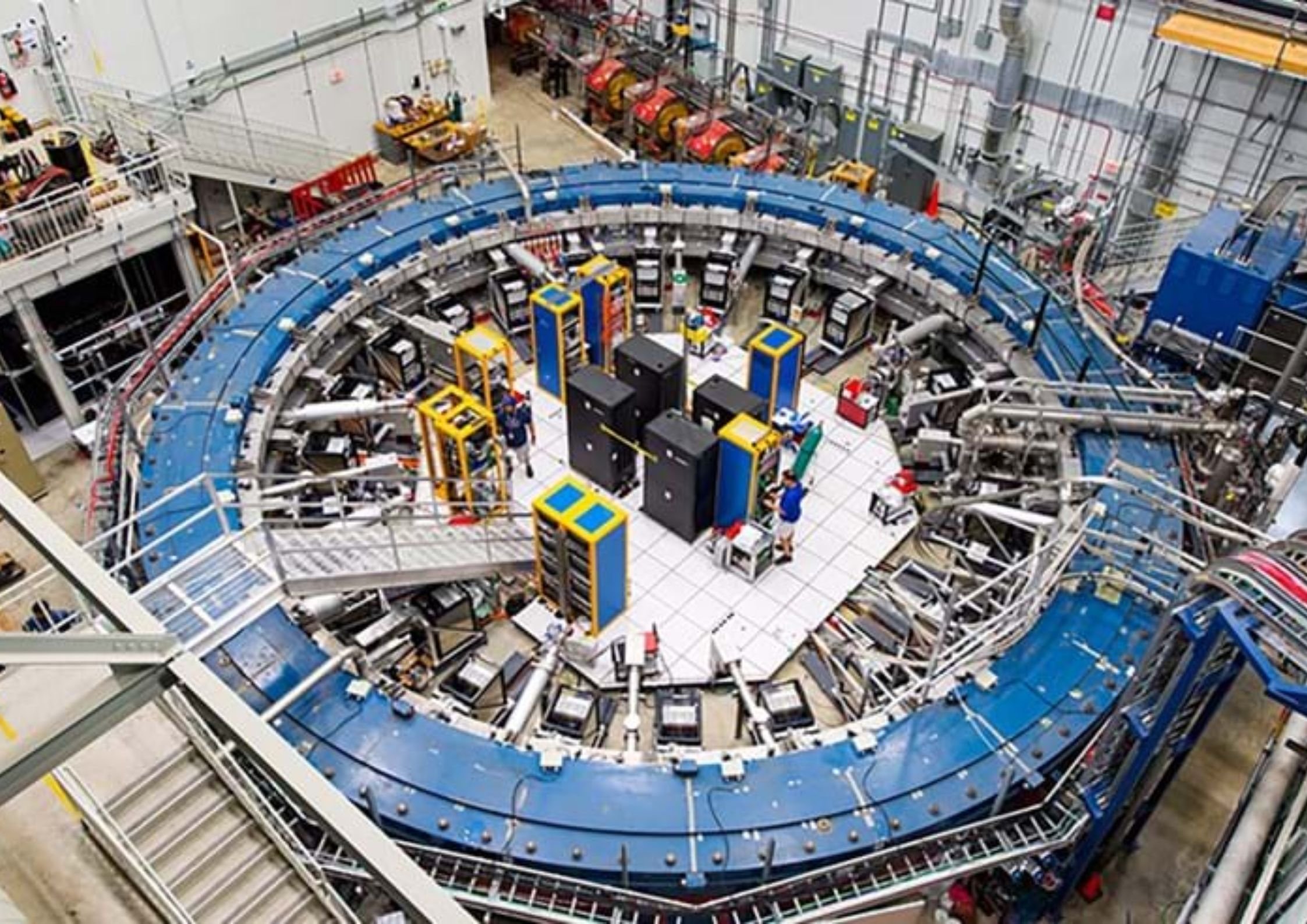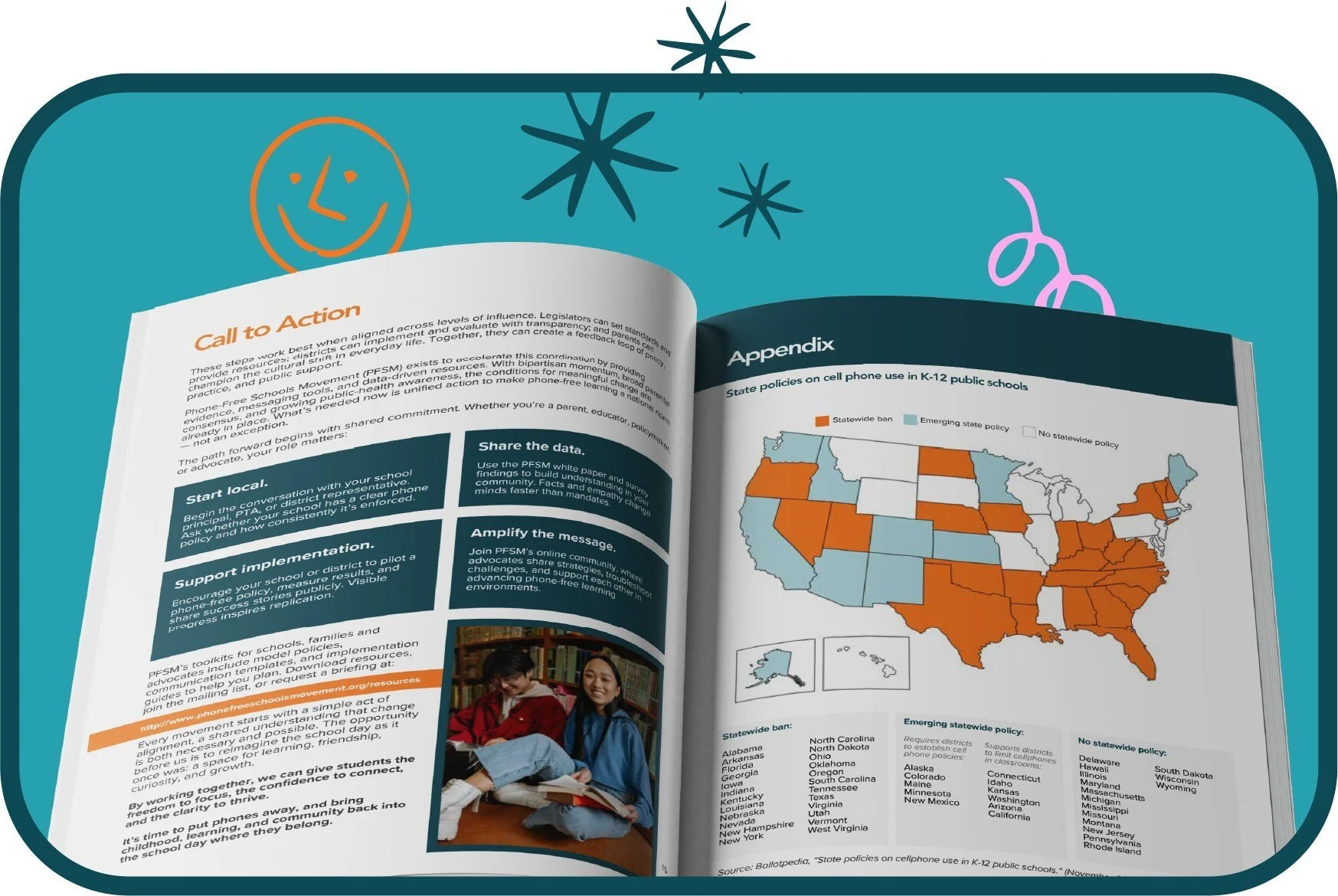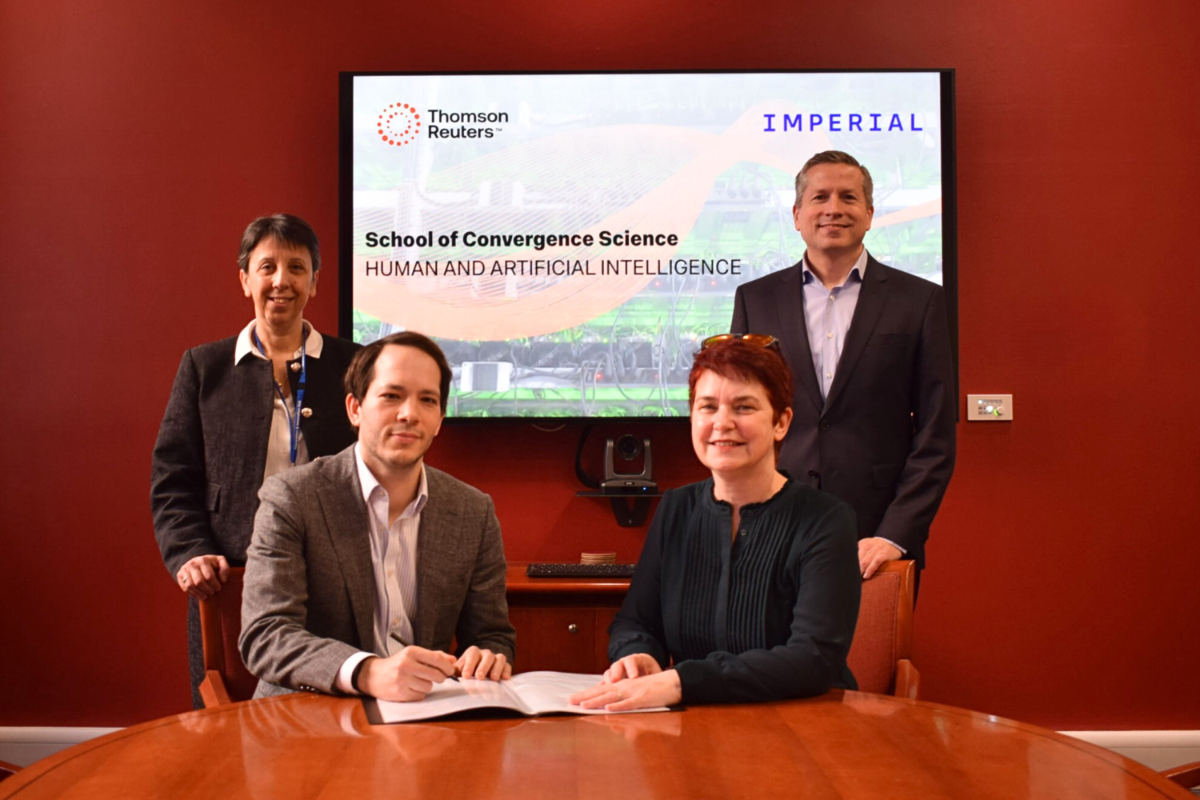World first as measurements of muon magnetic anomalies made for first time as part of collab at Fermilab
Scientists from the universities of Lancaster, Manchester, Liverpool and University College London worked with researchers at the Fermilab, hosted by the U.S. Department of Energy’s Fermi National Accelerator Laboratory.
©Reidar Hahn at Fermilab
The experiment involved 176 researchers from 34 institutions across seven countries and aimed to measure the anomalous magnetic moment of the muon, known as g-2. This provides an extremely sensitive test of the Standard Model of particle physics.
The final measurement reached a precision of 127 parts-per-billion, surpassing the experiment’s goal of 140 parts-per-billion. The researchers say this is now likely to stand as the definitive measurement for years to come, following more than a decade of work.
The UK’s teams were funded by the Science and Technology Facilities Council (STFC), the EU, the Royal Society and the Leverhulme Trust and contributed one of the two key detector systems used in the experiment. These UK-built detectors were crucial in tracing the motion of the muon beam.
Muons are similar to electrons, but around two hundred times larger. Like electrons, they have a quantum mechanical property called ‘spin’ that can be interpreted as a tiny magnet and in the presence of an external magnetic field, the internal magnet will wobble. The speed of precession in a magnetic field depends on properties of the muon described by a number called the g-factor.
The experiment continues a century-long quest to measure the g-factor and the resulting measurement is likely to be the most definite possible until the 2030s.
Dr Ian Bailey, who leads the Lancaster University contribution, explains: "This beautifully precise new measurement confirms that the muon can tell us something important about the nature of our Universe. It could be another victory for the Standard Model of Particle Physics, or the tension between measurement and theory could resurge as the theory is understood better. Particles don't give up their secrets easily. We'll need to wait a little longer to fully understand the significance of the result."
Professor Sinead Farrington, Director of Particle Physics at STFC, adds: “The UK has played critical roles of which we can be proud, both in leadership and in developing the straw tracking detectors, in this highly international collaboration.”





















